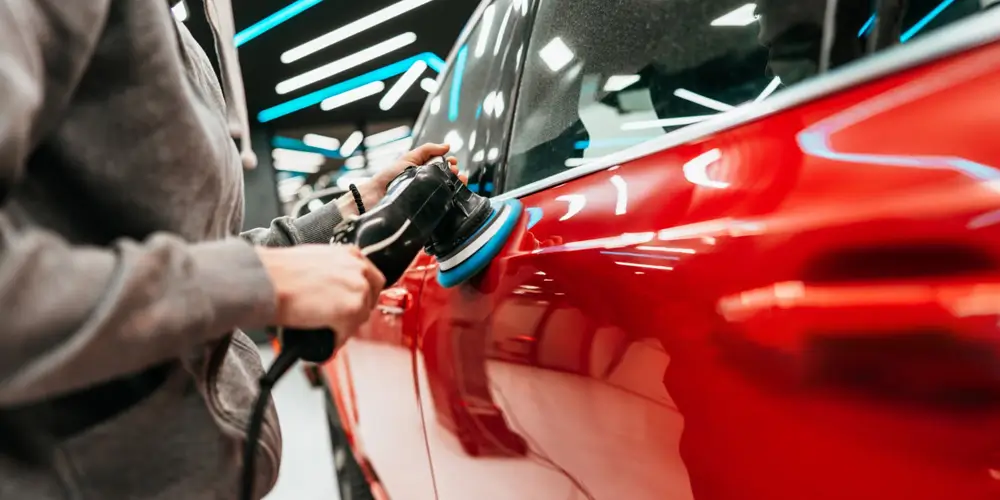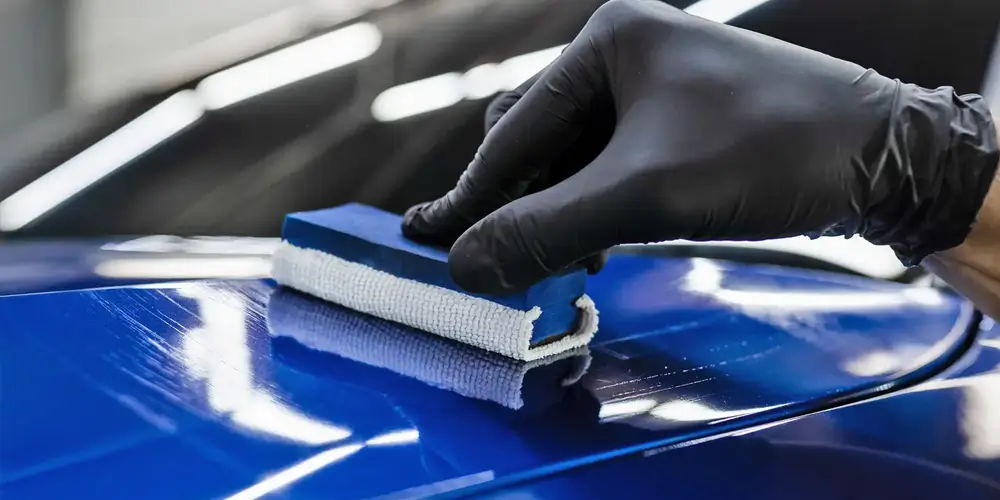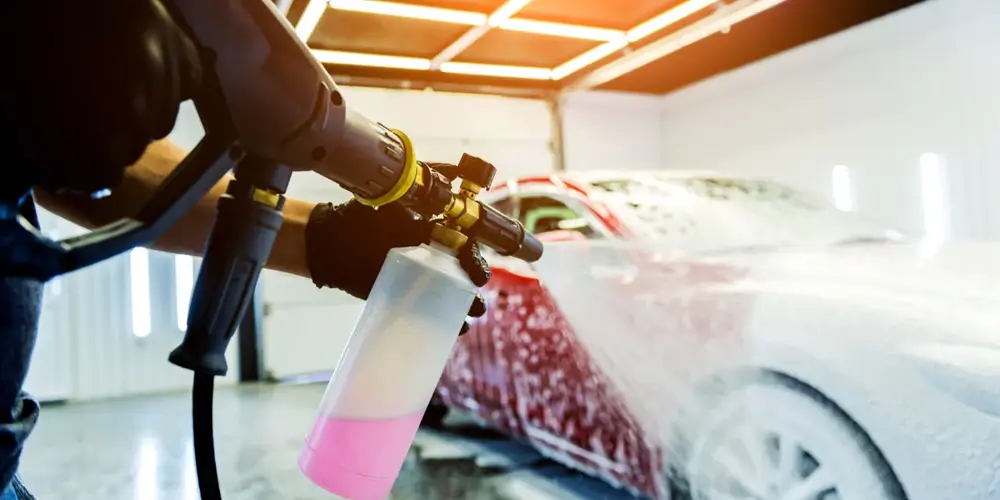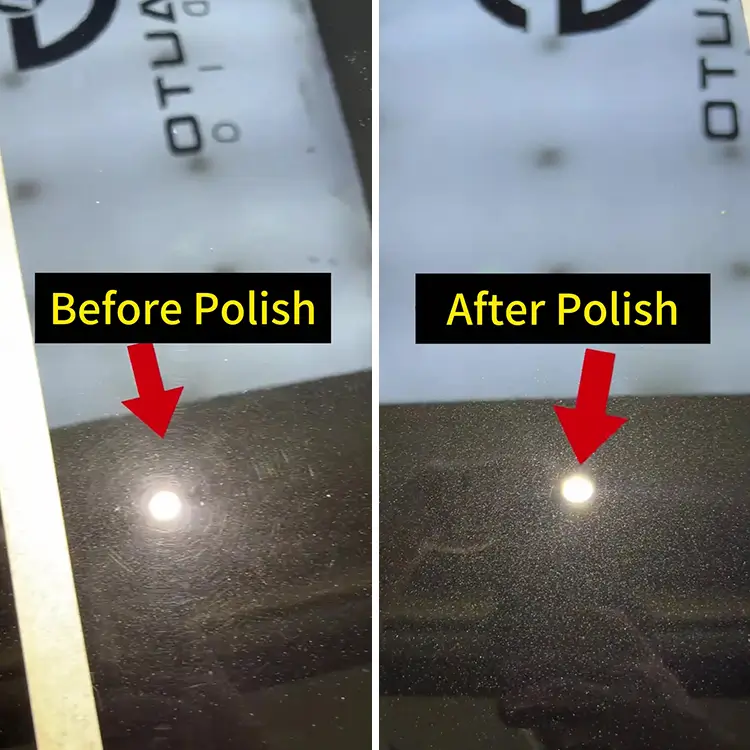What is Car Compound? A Comprehensive Guide for Automotive Enthusiasts and Professionals
When it comes to car care, the term car compound often arises in conversations about restoring a vehicle's shine, removing imperfections, or prepping a surface for polishing. But what exactly is car compound? How does it work, and why is it considered essential in the world of automotive detailing? In this article, we'll explore everything you need to know about car compounds, their benefits, types, applications, and why they’re a game-changer for anyone who values vehicle aesthetics.
Understanding Car Compound
A car compound, also known as rubbing compound or cutting compound, is an abrasive paste or liquid used to restore a vehicle's paintwork by removing imperfections on the surface. It works by gently abrading the topmost layer of paint or clear coat, effectively "cutting" away scratches, swirl marks, oxidation, and other blemishes.
Think of it as a high-powered cleanser for your car’s surface — one that not only cleans but also repairs. Car compounds are especially useful for restoring the appearance of older or neglected vehicles, making them look almost as good as new.
How Does Car Compound Work?
Car compounds contain tiny abrasive particles suspended in a liquid or paste base. When applied to a vehicle's surface and worked with a buffing tool or applicator pad, these abrasives break down as you polish.
1. Cutting Action:
a. The abrasives in the compound cut through the damaged layer of clear coat or paint, removing imperfections.
b. This action levels the surface, eliminating uneven spots caused by scratches or oxidation.
2. Smoothing:
a. As the abrasives break down, they become finer, gradually smoothing the surface.
b. This leaves the paintwork prepared for the next step: polishing or waxing.
3. Shine Restoration:
a. By removing blemishes, the compound restores the paint’s natural gloss.
b. Combined with polish and wax, it provides a showroom-quality finish.
Benefits of Using Car Compound
1. Restores Gloss:
A car compound is highly effective in restoring the original shine of faded or dull paint.
2. Removes Imperfections:
It can eliminate swirl marks, light scratches, oxidation, and water spots.
3. Prepares for Polishing:
By smoothing out the surface, the compound makes the paint ready for polishing or waxing, enhancing the final result.
4. Cost-Effective Solution:
Instead of repainting or replacing damaged panels, a car compound offers a more affordable way to rejuvenate the paintwork.
5. Versatile Application:
Suitable for use on a variety of surfaces, including clear coats, metallic paints, and even headlights (when specified by the product).
Types of Car Compounds
Car compounds are available in various formulations to suit different needs:
1. Heavy-Cut Compounds:
a. Designed for severe imperfections like deep scratches or heavy oxidation.
b. Often used as the first step in multi-stage paint correction.
2. Medium-Cut Compounds:
Suitable for moderate defects such as minor scratches or swirl marks.
3. Light-Cut Compounds (Polishing Compounds):
Ideal for light imperfections and as a finishing step to enhance clarity and shine.
4. Specialized Compounds:
Products tailored for specific applications, such as headlight restoration or removing sanding marks.
When Should You Use a Car Compound?
Using a car compound isn’t something you need to do regularly. It’s best reserved for specific scenarios:
a. After paint damage caused by light scratches, bird droppings, or tree sap.
b. When preparing a vehicle for waxing or sealing to achieve the smoothest possible surface.
c. To restore an older vehicle’s faded or oxidized paint.
d. After removing decals or wraps, where adhesive residue or uneven paint may remain.
Steps for Using Car Compound
1. Wash and Dry the Car:
Begin with a clean surface to prevent dirt or debris from causing additional scratches during the compounding process.
2. Choose the Right Compound:
Select a compound that matches the severity of the imperfections you want to address.
3. Apply the Compound:
Use an applicator pad or polishing machine. Spread the compound evenly over the area you’re working on.
4. Work in Small Sections:
Focus on one section at a time, using circular motions or a specific machine setting as recommended.
5. Wipe Clean:
After working the compound, wipe the area with a microfiber cloth to check the progress.
6. Repeat if Necessary:
For deeper imperfections, you may need multiple passes.
7. Finish with Polish or Wax:
Once satisfied with the results, protect the paint by applying a polish or wax.
Tips for Success
1. Test First: Always test the compound on a small, inconspicuous area to ensure it’s suitable for your vehicle’s paint.
2. Avoid Overuse: Compounds are abrasive, so overusing them can thin the clear coat.
3. Choose Quality Products: Opt for high-quality compounds like those offered by SYBON to ensure consistent and safe results.
4. Use the Right Tools: Pairing the compound with the appropriate buffing pads or polishing machines enhances efficiency and finish.
Why SYBON?
SYBON has been a trusted name in the automotive care industry, offering professional-grade polishing and abrasive compounds. With years of expertise and a commitment to quality, our products are designed to meet the highest standards, ensuring satisfaction for car enthusiasts, detailers, and repair professionals alike.
Our compounds are formulated to deliver exceptional results while being safe for use on modern automotive finishes. Whether you’re restoring a classic car or maintaining a daily driver, SYBON has the perfect solution for you.
Partner with SYBON Today
If you're an import wholesaler, car detailing shop owner, or auto repair center manager, SYBON is here to support your business. Our premium car care products and professional expertise can help you deliver exceptional services to your clients.
Contact us today by filling out the form on our website, and let’s collaborate to drive success together!
Source of this article:https://www.sybonbest.com
Get to know us through more channels:




